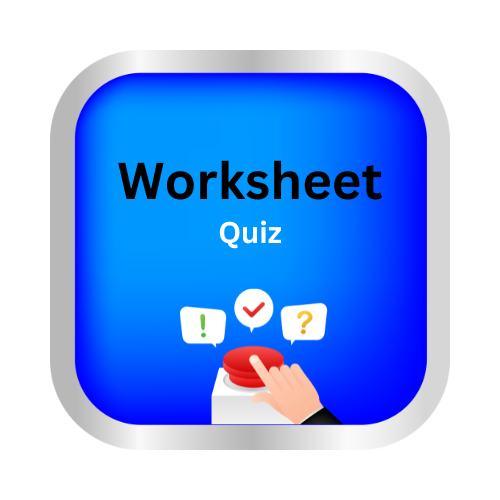Use dictionary entries
Key Notes :
| What is a Dictionary Entry? |
A dictionary entry is a section in a dictionary that gives information about a specific word. It’s like a mini-profile for each word! It tells us many things, including:
- How to pronounce the word
- The word’s part of speech (noun, verb, adjective, etc.)
- The word’s definition (meaning)
- Examples of how to use the word in a sentence
- The word’s origin or history (sometimes)
| Reading a Dictionary Entry |
Let’s look at a sample dictionary entry for the word ‘adventure’:
ad·ven·ture \əd-ˈven(t)-shər\
Pronunciation: The funny symbols \əd-ˈven(t)-shər\ show how to say the word.
Part of Speech: noun, verb (this means ‘adventure’ can be used as both a noun and a verb)
Definitions:
- An exciting or unusual experience.
- Bold, risky undertaking.
Examples:
- Noun: “Traveling to a new country is a great adventure.”
- Verb: “They decided to adventure into the deep forest.”
Synonyms: exploit, escapade, undertaking
| Key Elements Word Pronunciation Part of Speech Definitions Examples Synonyms Etymology | Each dictionary entry contains these core elements. Understanding these is crucial for properly comprehending the meaning of words and their proper usage. Knowing how to use these elements enables students to learn effectively. Etymology is the origin or history of the word. This is often given in the dictionary entry. |
| How to Use a Dictionary Entry |
- Find the Word: Look up the word you want to learn about.
- Read the Pronunciation: Practice saying the word correctly. Many online dictionaries allow you to click a speaker icon and pronounce the word.
- Check the Part of Speech: Is it a noun, verb, adjective, or something else? This helps you use it correctly in a sentence.
- Understand the Definition: Read all the definitions to find the one that fits the context where you found the word.
- Study the Examples: See how the word is used in sentences. This is super helpful!
- Consider Synonyms: Are there any similar words you could use?
| Practice Time! |
Exercise 1: Find the Definitions
Use a dictionary (online or a book) to find the definitions for the following words. Write down the part of speech and one definition for each:
- Courage
- Delight
- Magnificent
- Whisper
Exercise 2: Use it in a Sentence
Write a sentence using each of the words from Exercise 1. Make sure you use the word correctly based on its part of speech.
Exercise 3: Synonyms
Find one synonym for each of the words from Exercise 1.
| Next Steps |
Keep practicing using dictionary entries! The more you use them, the better you’ll become at understanding new words and using them correctly. A good habit is to look up new or unusual words you come across when reading, watching videos or listening to people speaking.
Let’s practice!

